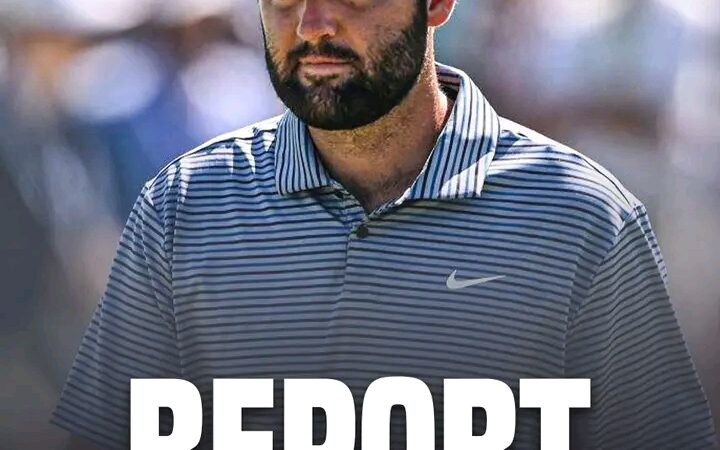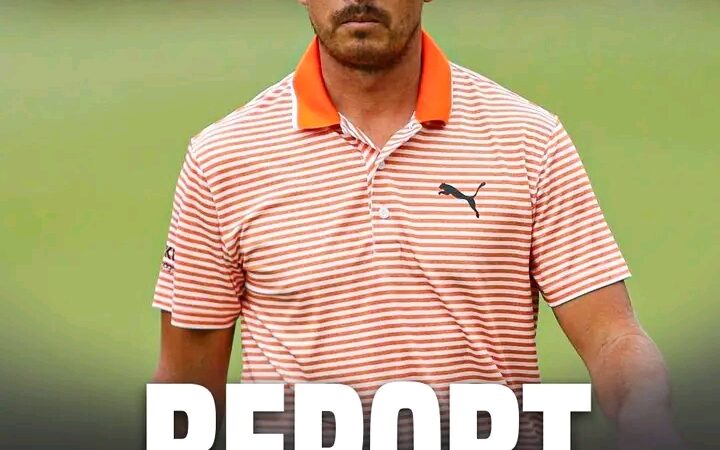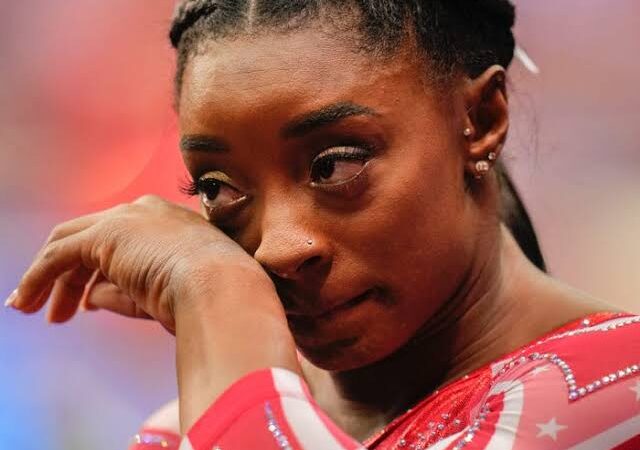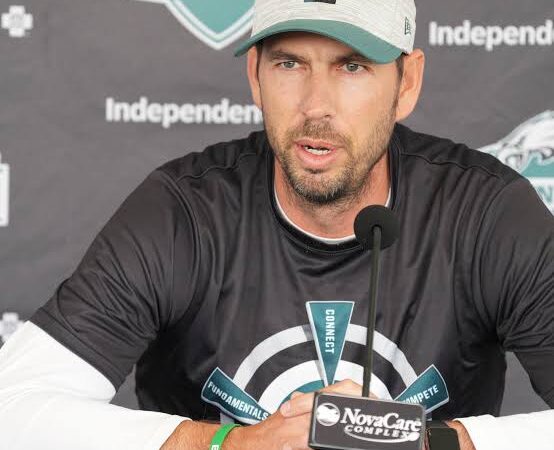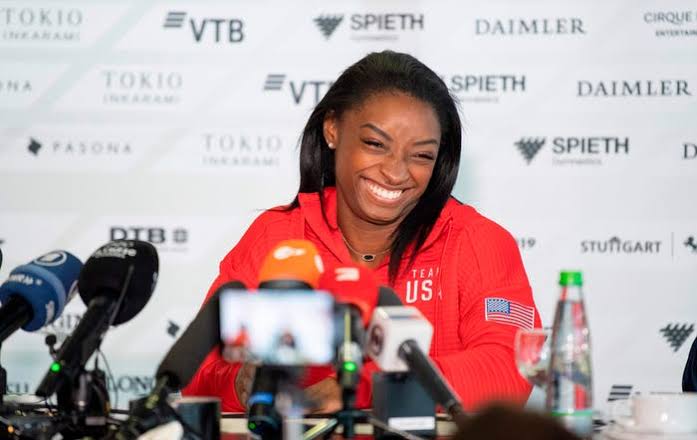Scout’s Analysis: Gauging Toronto’s trade assets, Nylander’s next contract
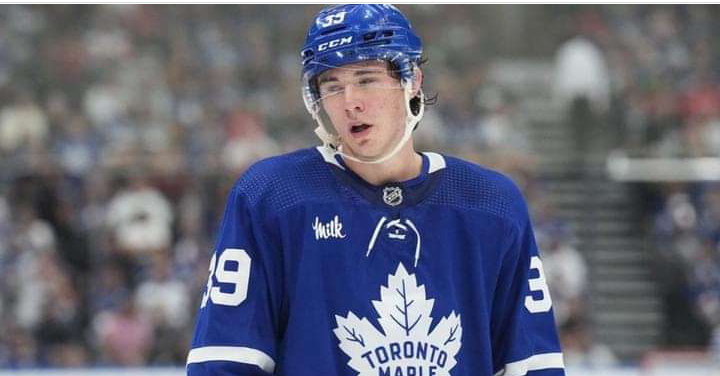
‘He’s on another level of star’: How much should the Maple Leafs spend on Nylander?
The Toronto Maple Leafs have been linked to the Calgary Flames in trade talks in recent weeks, as potential sellers appear to have blue-line pieces the Leafs could use. But I’m sure the Flames aren’t the only team the Lifters have turned to to improve their defensive unit.
We’ve all heard names like this mentioned as potential targets for Toronto and I think adding someone like Nikita Zadorov would be valuable. However, in order to make a trade, Toronto has to give up something, and I wonder what real assets the Leafs will offer in the trade.
With that in mind, I tried to gauge what the Leafs could offer in a deal now and in the coming months.
project capital
I have no doubt that a team like the Flames will include draft picks along with players or prospects in any pending free agent trades. Other teams implement the same strategy.
For example, the Flames allow them to “rebuild” their roster very quickly if they decide to move in pending UFAs for picks and prospects. As for the selection of the concept, for the next three years (average * conditional selection):
If the leaves want to present some of the design capital according to the transaction with Calgary or other NHL clubs, you must send it:
Compare Toronto Capital and your own choice, especially the blue line to update the blue line. Vancouver Canques can be purchased this season if you decide to use some of your assets.
Even group teams do more pressure this season and can get a lot of pressure to enter the trading market. Perhaps they are willing to invest or overpay some of their capital to improve the listing.
The Sabers draft list is as follows:
NOTE: The Leafs have no competitive capital. Their goal is nowhere near the two teams the Leafs can compete with here in the market. Toronto is trading from a position of weakness as trade teams look for the best option to add more picks to the net. That is, unless the Leafs are ready to empty their lockers.
In Toronto, there are always opportunities to add to everything. If GM Brad Treliving believes in this group, he’ll have a first-round pick this year and 2026. But if he moves him, the Leafs will be without a top-two round pick in the next three drafts. I used Vancouver and Buffalo as examples of who the Leafs could compete with in the trade market, but they’re not the only ones. Consider a team like the defending Stanley Cup champion Vegas Golden Knights, who have three top picks in each of the next three seasons. Alternatively, there is another contending team that could be active in the market: the Colorado Avalanche. The Avs still own a first-round pick in each of the next three drafts and a second-round pick in 2026. Even the last two Stanley Cup winners have draft picks that are in a better position to acquire than Toronto.
It will be difficult for Leafs management to use the draft against other teams in the league. So what else can I offer?
The Leafs have no draft picks for the next three years and don’t have many picks to add to their prospect pipeline in the near future. In the past three drafts, the Leafs have had just 11 picks, compared to Buffalo’s 30, Vancouver’s 19 and Vegas’ 16. Colorado has produced the same number of picks as the Leafs over the past three periods. With Toronto trying to win the playoffs while sacrificing draft picks in trades for years, it’s fair to compare the number of picks they’ve made to other opposing teams that have invested capital in the draft . The difference, of course, is that Colorado and Vegas have won the Stanley Cup the past two seasons, while Toronto has won in just one run. The Sabers are stocking up on prospects and the Canucks have some really good pieces. This team was in a different system than the Leafs. The Sabers have “rebuilt” their roster and the Canucks have “rebuilt,” so it makes sense that there are more prospects to work with in today’s deals. The problem is that Toronto doesn’t have the prospect depth that other teams do, and it’s unfair to blame their amateur scouting staff. In fact, the Leafs staff has done a great job of uncovering potential with the products they’ve picked. They had small swings, but they made good choices that are useful for today’s trade.
This means the Leafs will have to rely on Frazier Minten and Easton Cowen. You may have questions about Matthew Knees. However, it cannot be included in a transaction at this stage of its development. Knies is already showing the ability to skate among Toronto’s top six forwards. He is a top prospect in the NHL.
Cowan had a great training camp with the Leafs and is at a high level. It certainly has commercial value. Here’s a look at Cowen’s trends since returning to the OHL’s London Knights.
Minten, on the other hand, had a rather slow start to the WHL season (6 appearances, 1 goal, 6 assists). He also had a great training camp with the Leafs before running out of gas early in the regular season. I expect Minten to join Team Canada’s junior roster in Sweden next month and be traded to a contending team after the WHL trade deadline. He currently captains Kamloops, but they are in rebuilding mode and are currently last in the Western Conference.
Minten has the potential to be a top six player for the Leafs in time. He should be considered Toronto’s top prospect.
Goaltender Dennis Hildevie, a 2022 fourth-round pick, is off to a good start with the AHL Marlies. He is still growing and will likely spend a few years in the minor leagues before being NHL ready. But he played at the SHL level (Sweden’s top professional league) and is adjusting to the smaller ice in North America. I consider Hildeby a “secondary” prospect at this stage, but he is mostly positive and could be a good target for another organization. I’d group Toronto’s “tier two” prospects with forwards Nick Roberston, Nick Abruzzese and Roni Hirvonen and defenseman Topi Niemala to generate trade interest.
One student the team is interested in is University of Michigan freshman Nicholas Moldenhauer. This element is humiliation. While he doesn’t do much of the heavy lifting, Moldenhauer has strong hockey sense and vision in the offensive zone. To get more playing time, you need to learn how to position yourself better in the trenches and face your opponents more often. He had 30 goals and 45 assists in the USHL last season while playing for Chicago and has three goals and five assists through his first 14 NCAA games this season. Toronto drafted Moldenhauer in the third round (95th overall) in 2022.
It seems to me that the Leafs have some prospects that others like, but how many remains to be seen. There are commercial opportunities in Toronto, but not many.
It will be interesting to see how much Treliving and his staff are willing to sacrifice organizational depth to bolster their NHL roster. space cap
Having the resources to get a deal done is important, but adding players requires cap space, and the Leafs are under the cap. There’s always the possibility that a player will attack an injured reserve (eg John Klingberg) to free up space. Perhaps their trade partner would be willing to keep salary in exchange for an additional mid-round pick from the Leafs. But the important thing is that Toronto is in a cash-out position that could make any deal favorable. Other options?
Fortunately for the Leafs, right guard Conor Timmins looks close to returning from injury. Timmins had a great training camp before suffering a lower body injury. However, training camp games aren’t as intense or detailed as regular season games, so it will be interesting to see how Timmins adjusts to NHL games after his expected conditioning period with the AHL Marlies. Timothee Liljegren has no time to return, recovery from a broken leg is extremely difficult. But I think it’s important to keep it in mind. He will likely return to close to 100% at some point and add depth to Toronto’s roster, if not more.
Bottom line for traders
The Toronto Maple Leafs are generally trading relatively thin. Some other franchises have healthy nets, while others have much deeper prospect pools. Both categories are essential to the exchange of NHL roster players. Another category we haven’t mentioned yet is players with ban rules. This could either help or work against the Leafs. For example, Chris Tanev is currently on the 10-team no-trade list under his contract and is from Toronto. Perhaps it would work in the Leafs’ favor if they talked to Calgary about acquiring Tanev. The bottom line is that the Leafs have assets to work with, but any trades they make in the coming months will likely come at the expense of many more in diminished prospects. Yes, teams can reorganize in the offseason through free agency once contracts expire, freeing up money to spend on their roster. However, in-house design and development are critical to the long-term success of any franchise.
In fact, the Leafs aren’t in a great position to trade this offseason. WHAT ABOUT WILLIAM NAYLANDER’S CONTRACT?
When it comes to future commitments, signing UFAs is getting more and more expensive by the day. I think Nylander could always hit the home stretch to stay in Toronto, but he still needs to get a big raise because he has a $6.9 million cap hit. Let’s take a look at what he’s been up to this season:

